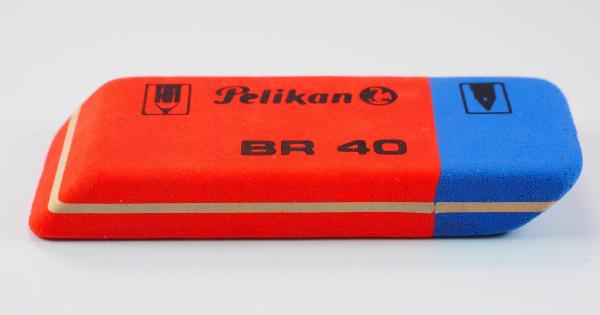When it comes to bread, there are many myths and misconceptions that have been passed down through generations. One common misconception is that adding more flour will result in a thicker loaf of bread.
However, this is just one of the many bread-thickening myths that need to be debunked. In this article, we will break down this myth and others, giving you a clearer understanding of bread-making techniques.
The Bread-Thickening Myth
One of the most prevalent myths in bread-making is that increasing the amount of flour will result in a thicker loaf. The reality is quite the opposite. Adding too much flour can actually lead to a denser and dryer bread.
The key to achieving a light and airy texture lies in the correct balance of ingredients and proper kneading techniques.
The Importance of Yeast
Another common misconception is that yeast solely serves as a leavening agent. While it is true that yeast helps bread rise, it also contributes to the flavor and overall structure of the loaf.
Yeast requires the right conditions to function optimally, including proper temperature and food sources such as sugar. Ignoring these factors can result in a bread that fails to rise as desired.
The Role of Gluten
Gluten, a protein found in wheat flour, plays a significant role in bread-making. It provides structure and elasticity to the dough, allowing it to trap gas bubbles produced by the yeast.
While some people believe that gluten should be avoided, especially for individuals with gluten sensitivities, it is important to note that gluten-free bread requires different techniques and ingredients to achieve desirable results.
Understand the Kneading Process
Kneading the bread dough is a critical step in developing gluten, which in turn affects the final texture of the loaf. It involves a combination of stretching, folding, and compressing the dough to create a uniform consistency.
Proper kneading ensures that the gluten strands align, creating an elastic and airy structure. Over-kneading, on the other hand, can result in a tough and chewy bread. Learning the correct kneading technique is essential for achieving the desired texture of the bread.
The Significance of Proofing
Proofing, or the final rise of the dough, is a crucial step that often gets overlooked. This period allows the yeast to convert the sugars into carbon dioxide gas, which causes the dough to rise.
If the proofing time is insufficient, the bread may end up dense and lacking in volume. Conversely, over-proofing can lead to a collapsed loaf or an uneven texture. Understanding the right amount of time required for proofing is essential for consistent results.
Exploring Different Types of Flour
Not all flours are created equal, and understanding the differences between various types can impact your bread-making endeavors.
All-purpose flour, bread flour, and whole wheat flour have different protein contents, affecting gluten development and overall structure. Experimenting with different flours and adjusting the recipe accordingly can result in varying textures and flavors.
The Myth of Salt Inhibition
Some bakers believe that adding salt directly to the yeast can inhibit its activity, resulting in a failed bread. However, it is important to note that salt does not adversely affect the yeast when used in recommended amounts.
In fact, salt is crucial for regulating fermentation and enhancing flavor. Properly incorporating salt into your bread recipe is vital for achieving a well-rounded taste.
Understanding Hydration Levels
Hydration refers to the ratio of water to flour in the dough. Different bread recipes require varying hydration levels to achieve the desired results.
While it is tempting to add extra flour when the dough seems sticky, it can throw off the hydration balance. Adding just enough water and being mindful of hydration levels will help you achieve a soft and moist bread.
The Role of Oven Temperature
An often overseen element in bread-making is the oven temperature. Preheating the oven and maintaining the correct temperature is crucial for achieving the desired crust and overall texture.
Baking bread at too high a temperature can lead to a burnt crust and an undercooked center. Understanding and controlling the oven temperature is key to a successful baking experience.
The Value of Patience
Lastly, patience is essential when it comes to bread-making. Rushing the process or skipping important steps can lead to disappointing results.
Taking the time to follow the recipe, allowing the dough to rise properly, and practicing patience throughout the baking process will ultimately yield a delicious loaf of bread.































